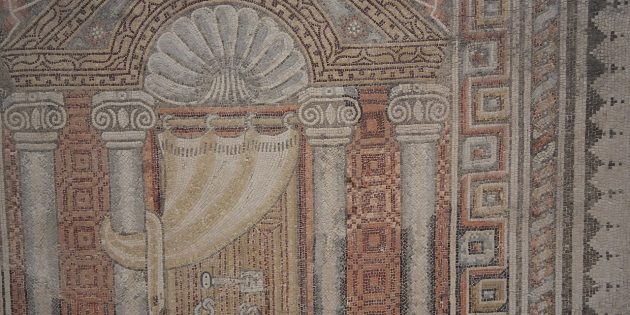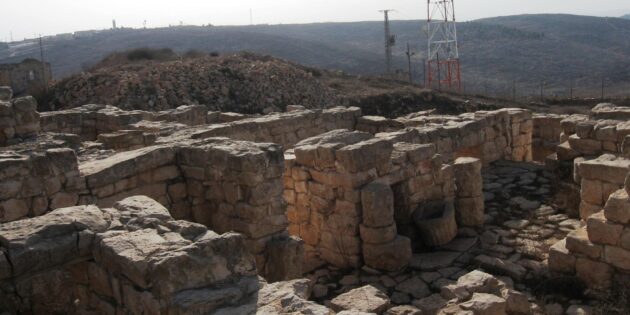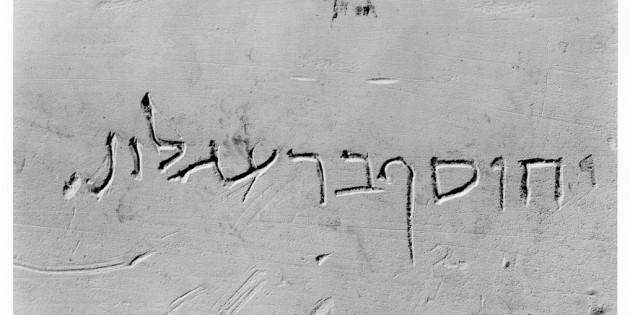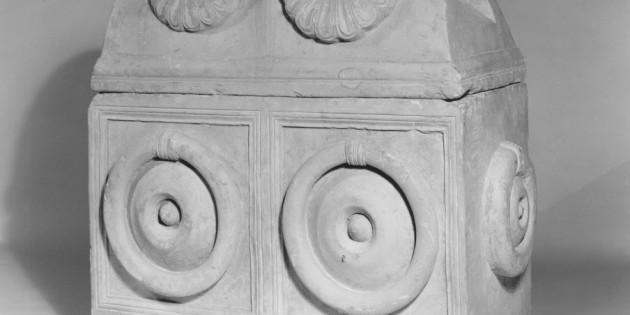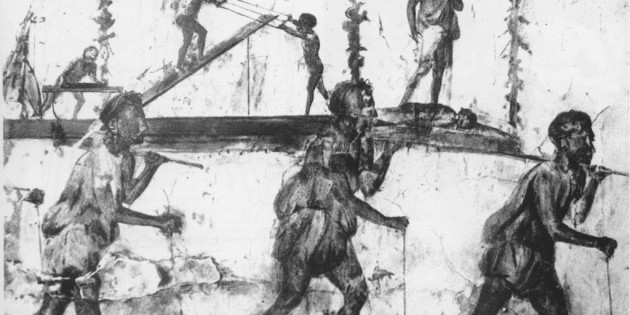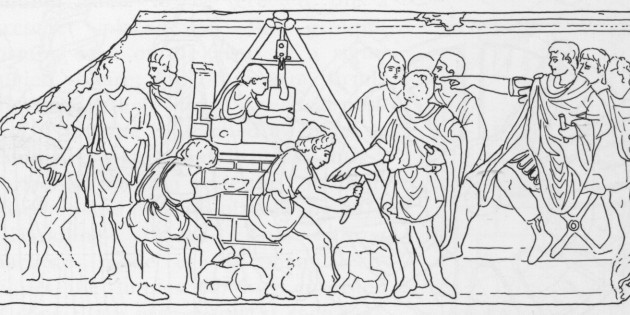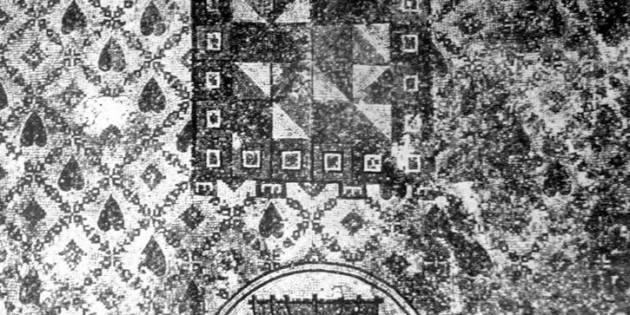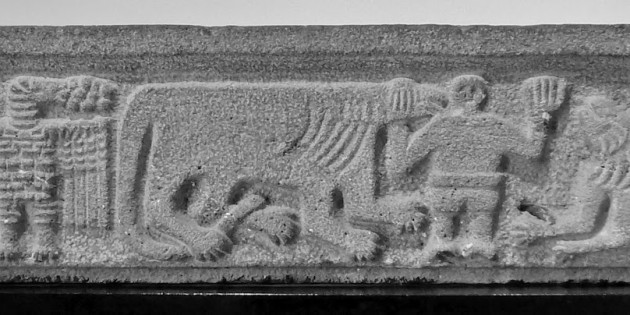Home » Archives for November 2015
Archive for November, 2015
When the Ta‘âmireh bedouin penetrated the Daliyeh cave (as described in the previous article by Paul Lapp) they found within more than 300 skeletons lying on or covered by mats. The bones were mixed with fragments of manuscripts. These manuscripts were not burial documents, but everyday business records. The artifacts found in the cave were […]
A Jewish offshoot or a pagan cult? The best-known incident in the Bible regarding the Samaritans is of course the parable of the Good Samaritan in Luke 10:25–37: A priest and a Levite both pass by a man who has been robbed and beaten. The Samaritan, however, stops and takes care of him. Then, as […]
Ossuary, Jerusalem region, first century. Inscription: Yehosef bar Eglon. Since the nineteenth century, scholars of ancient Judaism have interpreted Jewish ossuaries in terms of the resurrection/redemption trope. Most prominently, they have associated ossuary burial with the Pharisaic and early Christian belief in the resurrection of the dead. Briefly, the practice of ossuary burial, as it developed in […]
Since the nineteenth century, scholars of ancient Judaism have interpreted Jewish ossuaries in terms of the resurrection/redemption trope. Most prominently, they have associated ossuary burial with the Pharisaic and early Christian belief in the resurrection of the dead. Briefly, the practice of ossuary burial, as it developed in Jerusalem and its environs in Herodian Jerusalem involved […]
Wall painting of a procession of a guild of carpenters, Pompeii. Procession through the streets of Pompeii that is illustrated in a preserved wall painting that decorates a carpentry shop in Pompeii.
“See, I Have Called the Renowned Name of Bezalel, Son of Uri . . .”: Josephus’s Portrayal of the Biblical “Architect”. Above we see a picture of people building the Tabernacle under the guidance of Bezalel. Bezalel son of Uri, literally “in the shadow of God, son of light,” is a unique character in the Hebrew Bible. He […]
The door of the Ben Ezra Synagogue in Cairo, where the Cairo Genizah was discovered.
The earliest mosaic yet found in Israel, dating to the late Hasmonean period (1st century B.C.). The mosaic comes from the bath near the most elegant of the six mikvaot found at the Hasmonean Palace, which was probably used by members of the royal family.
Torah shrine base, En Samsam, Golan Heights. Biblical imagery is common on the floors of a number of synagogues, including the binding of Isaac, Aaron in the Tabernacle, Noah, Samson, and Daniel in an orans position within the lion’s den—an image that also appears on this base of a Torah shrine from the Golan Heights.
Torah shrine base, En Samsam, Golan Heights. Biblical imagery is common on the floors of a number of synagogues, including the binding of Isaac, Aaron in the Tabernacle, Noah, Samson, and Daniel in an orans position within the lion’s den—an image that also appears on this base of a Torah shrine from the Golan Heights.

